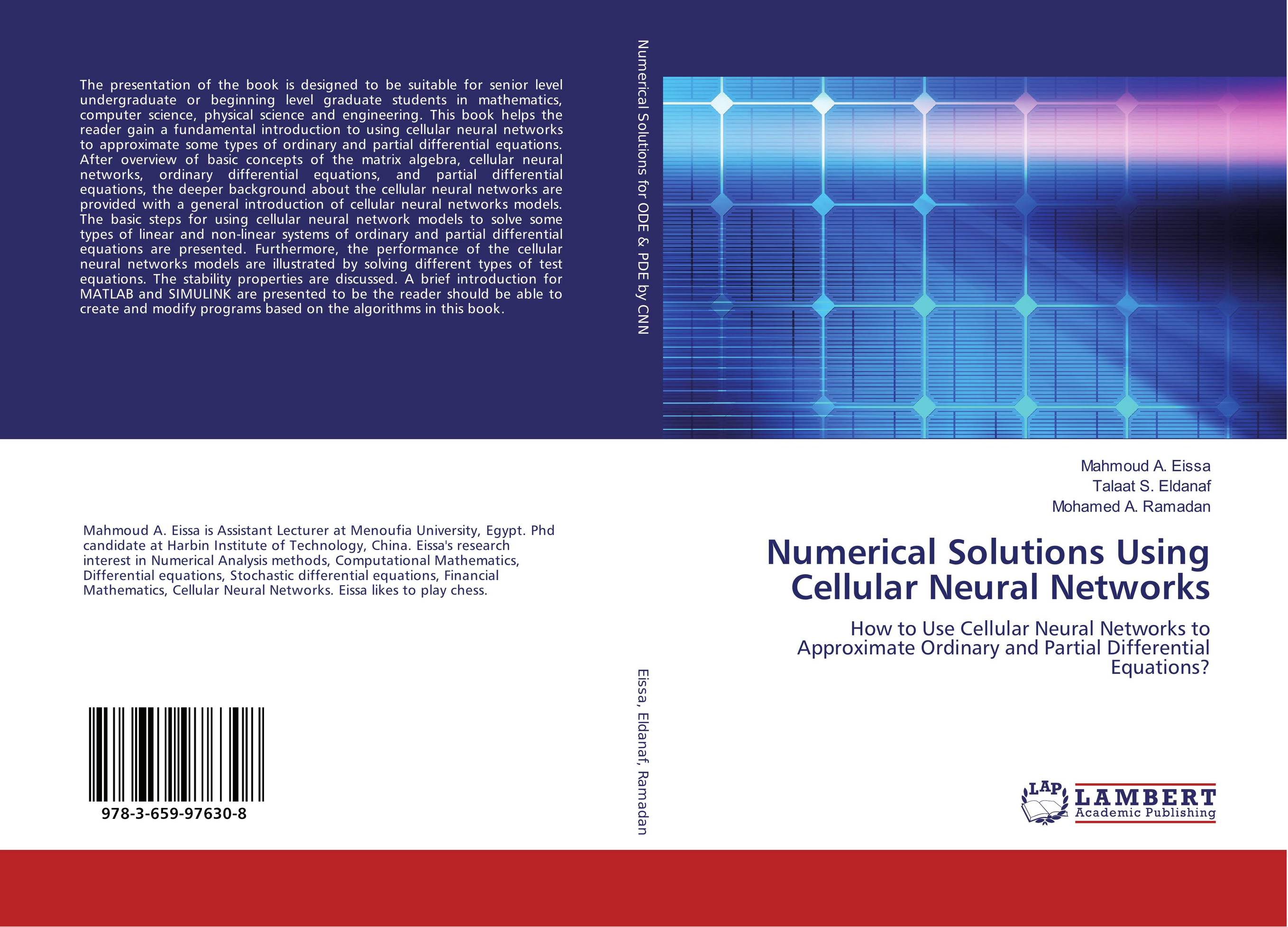| Поиск по каталогу |
|
(строгое соответствие)
|
- Профессиональная
- Научно-популярная
- Художественная
- Публицистика
- Детская
- Искусство
- Хобби, семья, дом
- Спорт
- Путеводители
- Блокноты, тетради, открытки
Numerical Solutions Using Cellular Neural Networks. How to Use Cellular Neural Networks to Approximate Ordinary and Partial Differential Equations?

В наличии
| Местонахождение: Алматы | Состояние экземпляра: новый |

Бумажная
версия
версия
Автор: Mahmoud A. Eissa,Talaat S. Eldanaf and Mohamed A. Ramadan
ISBN: 9783659976308
Год издания: 2016
Формат книги: 60×90/16 (145×215 мм)
Количество страниц: 160
Издательство: LAP LAMBERT Academic Publishing
Цена: 34874 тг
Положить в корзину
| Способы доставки в город Алматы * комплектация (срок до отгрузки) не более 2 рабочих дней |
| Самовывоз из города Алматы (пункты самовывоза партнёра CDEK) |
| Курьерская доставка CDEK из города Москва |
| Доставка Почтой России из города Москва |
Аннотация: The presentation of the book is designed to be suitable for senior level undergraduate or beginning level graduate students in mathematics, computer science, physical science and engineering. This book helps the reader gain a fundamental introduction to using cellular neural networks to approximate some types of ordinary and partial differential equations. After overview of basic concepts of the matrix algebra, cellular neural networks, ordinary differential equations, and partial differential equations, the deeper background about the cellular neural networks are provided with a general introduction of cellular neural networks models. The basic steps for using cellular neural network models to solve some types of linear and non-linear systems of ordinary and partial differential equations are presented. Furthermore, the performance of the cellular neural networks models are illustrated by solving different types of test equations. The stability properties are discussed. A brief introduction for MATLAB and SIMULINK are presented to be the reader should be able to create and modify programs based on the algorithms in this book.
Ключевые слова: Differential Equations, Partial Differential Equations, accuracy, Artificial Intelligent, Convergence, Numerical Methods, numerical solutions, Burgers’ Equation, Cellular Neural Networks, Stability



